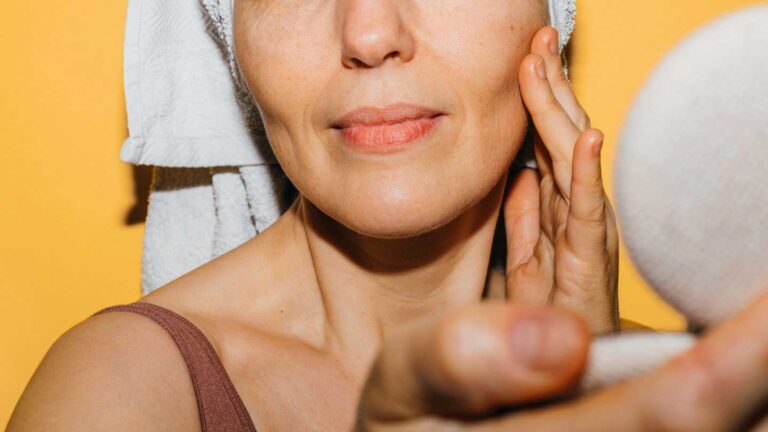Some people who use the diabetes medication Ozempic off-label for weight loss tend to develop Ozempic Face. The side effects of fast weight loss lead to facial skin sagging and people start looking older than normal.
The term “Ozempic face” refers to the sagging, gaunt appearance of the facial skin brought on by the loss of facial fat after significant weight reduction.
According to the New York Times, the word appears to have been invented by a New York dermatologist who has seen a number of patients who have had facial sagging after using Ozempic and related weight-loss drugs.
Ozempic (semaglutide), a once-weekly injectable medication made by Novo Nordisk that regulates insulin levels, has been given the green light by the Food and Drug Administration for use in type 2 diabetics.

According to Women’s Health, some doctors have prescribed Ozempic as an off-label weight-loss medication for patients who do not have type 2 diabetes.
Studies have demonstrated the effectiveness of Ozempic as a weight-loss aid; in one such trial, subjects who took the medication saw a 14.9% reduction in body weight.
2.3 million. This is the number of times a post with #ozempicface was viewed on the social media platform TikTok, with hundreds of users sharing stories of “Ozempic Face” and medical professionals providing insight into the phenomenon.
WHAT CAUSES OZEMPIC FACE?
Experts claim that any weight loss can result in fat loss from the face. Those who have lost a lot of weight may seem older due to loose, wrinkled skin. A 2019 study found a connection between more skin and major weight loss. Yet when using weight-loss medications like Ozempic, fat loss will occur all throughout the body, not only in one spot like the face. One study found that you can’t just lose fat in one specific area of your body.
HOW TO FIX OZEMPIC FACE?
Dermal fillers, also known as soft tissue fillers, are advised by the American Academy of Dermatology to replace lost facial volume and fat. The AADA states that the use of self-donated body fat counts as the sixth kind of filler, even though the FDA has only authorized the first five. Dermal fillers act to provide a fuller, smoother look when injected into the face. According to the FDA, the filler can be injected in places including the chin, cheeks, and under-eye region. Tenderness, soreness, swelling, infection, necrosis (tissue death), a sore, and an allergic response are all potential side effects of dermal fillers. Leakage of the filler, damage to the blood supply, migration, and a severe allergic response are rare concerns. It is recommended that you do an allergy test before using fillers made from materials of animal origin.

OTHER SIDE EFFECTS
The most frequent Ozempic side effects are stomach discomfort, nausea, diarrhea, and constipation. Thyroid tumors and cancer are among the more severe adverse effects. A patient should consult their primary care physician for a diagnosis if they notice a lump or swelling in their neck, hoarseness, shortness of breath, or difficulty swallowing. This advice comes from Novo Nordisk, the maker of Ozempic.
To know more about Ozempic Face and get quality treatment, visit Specialty Care Clinics.
